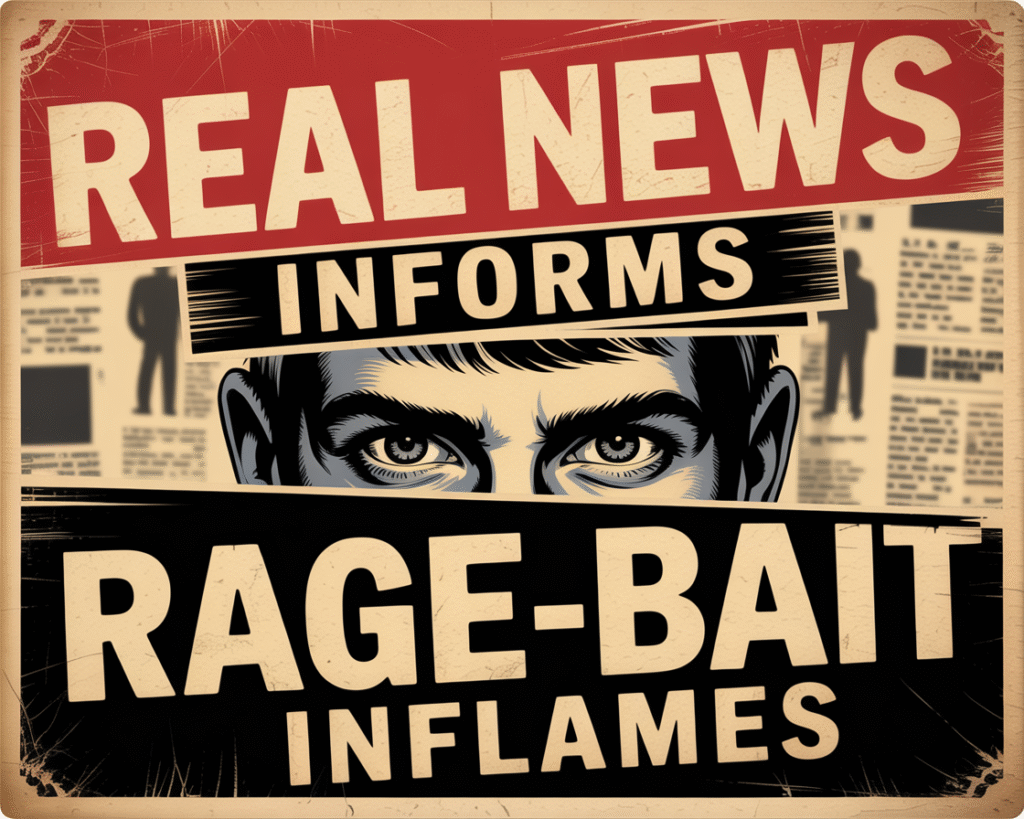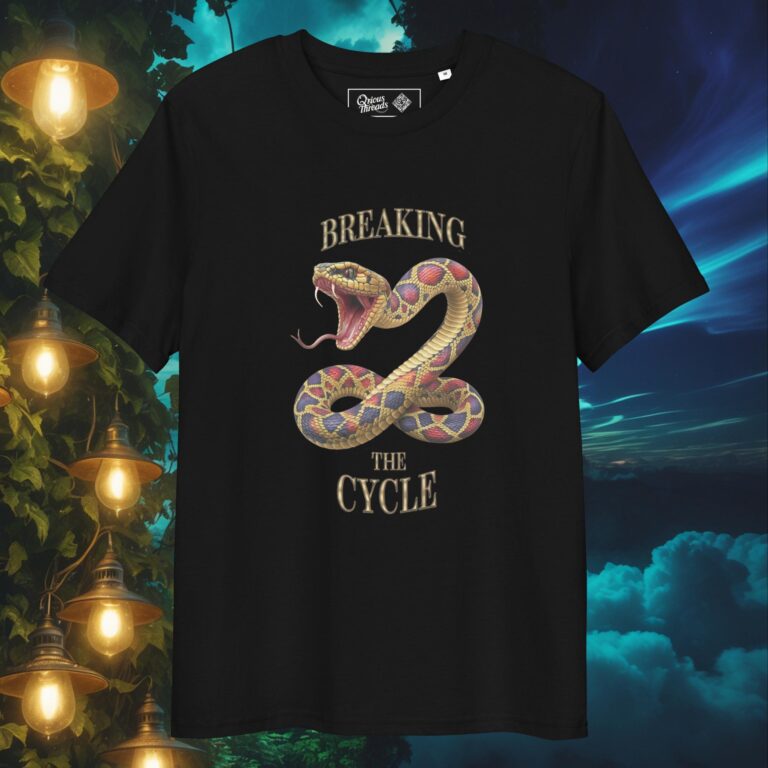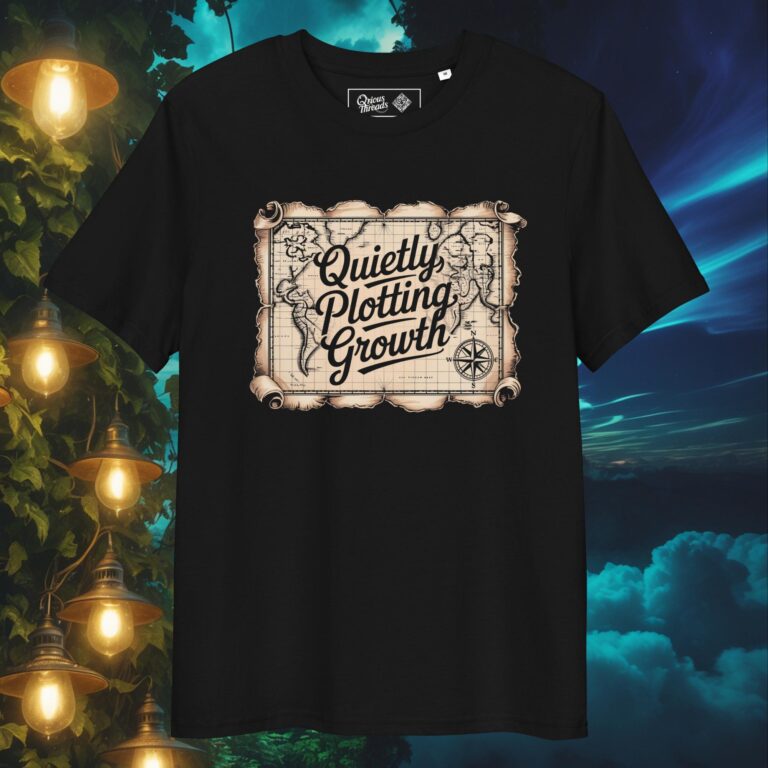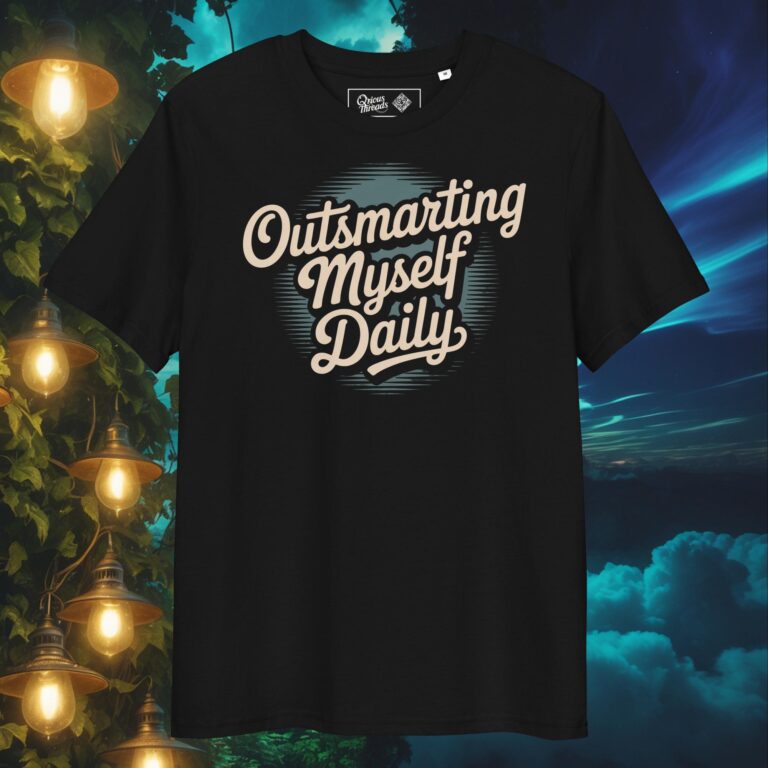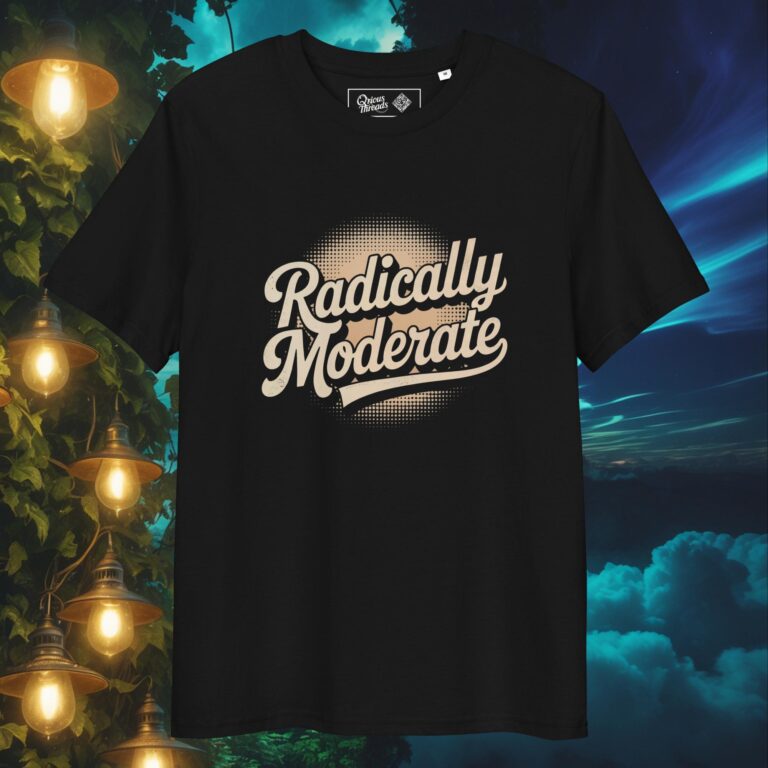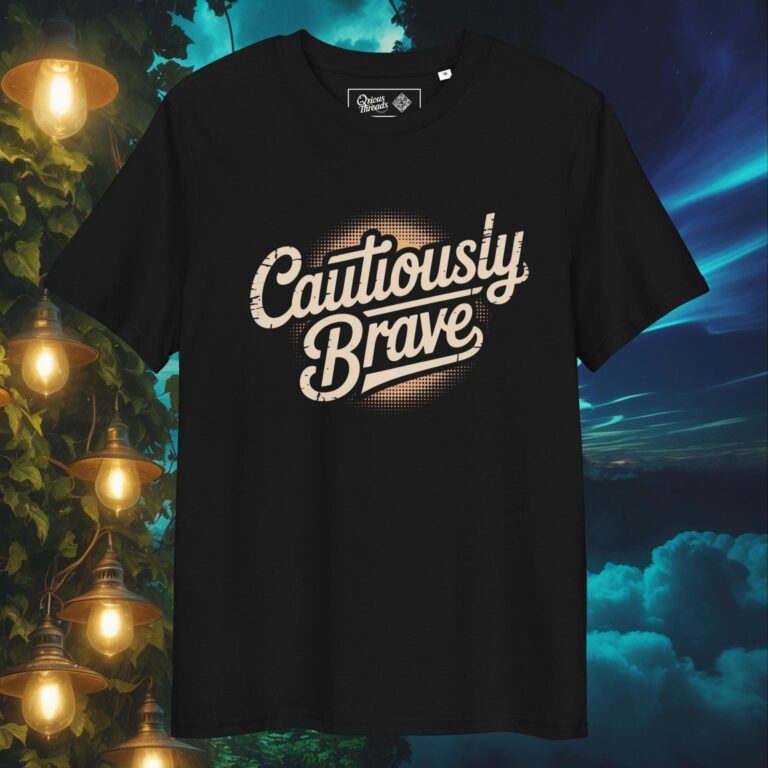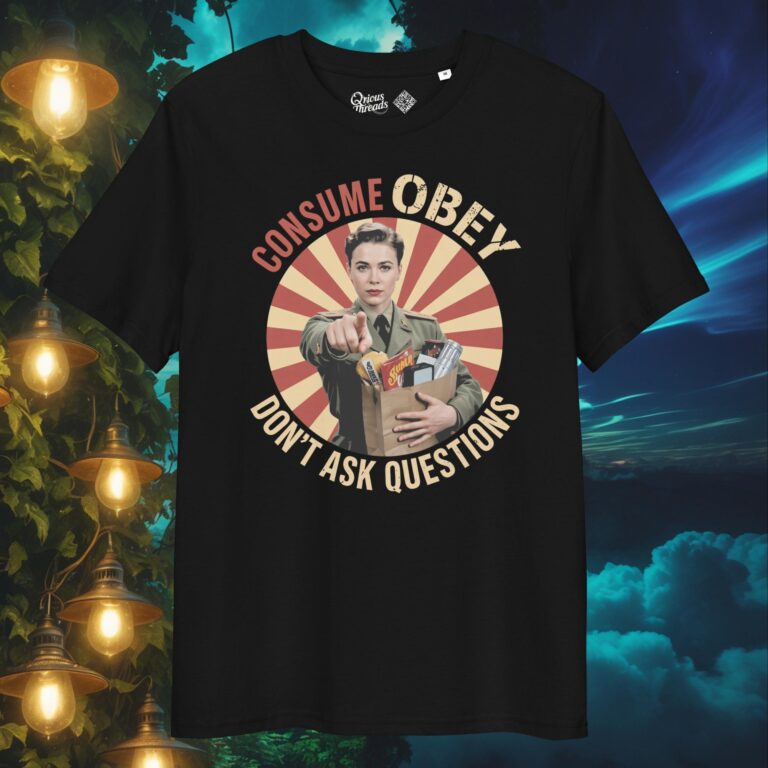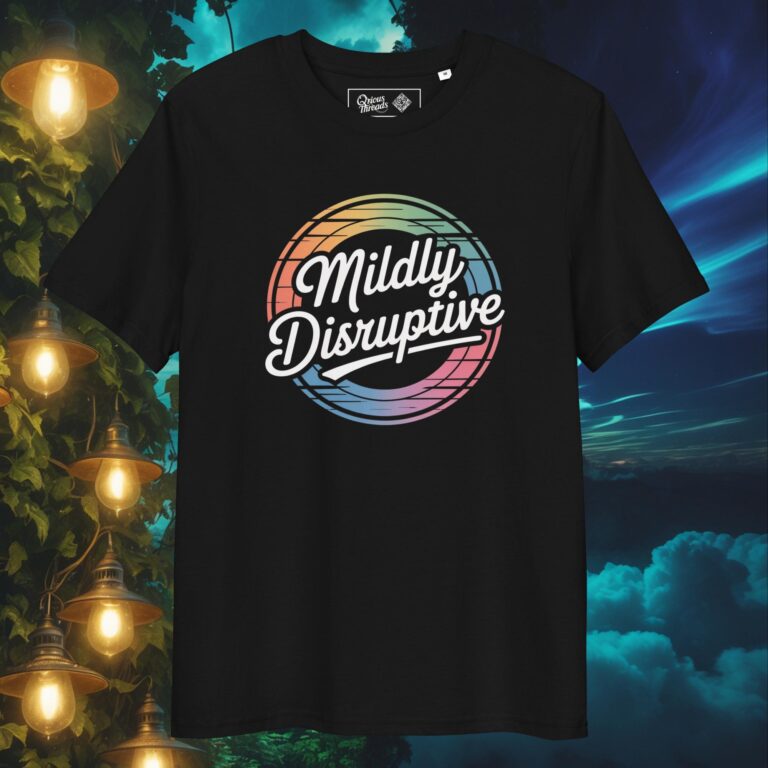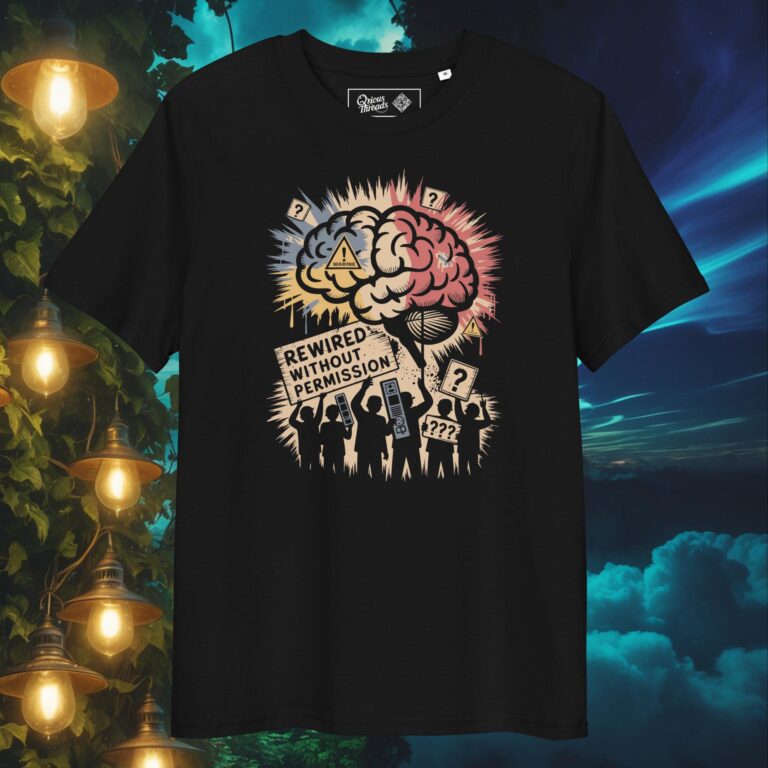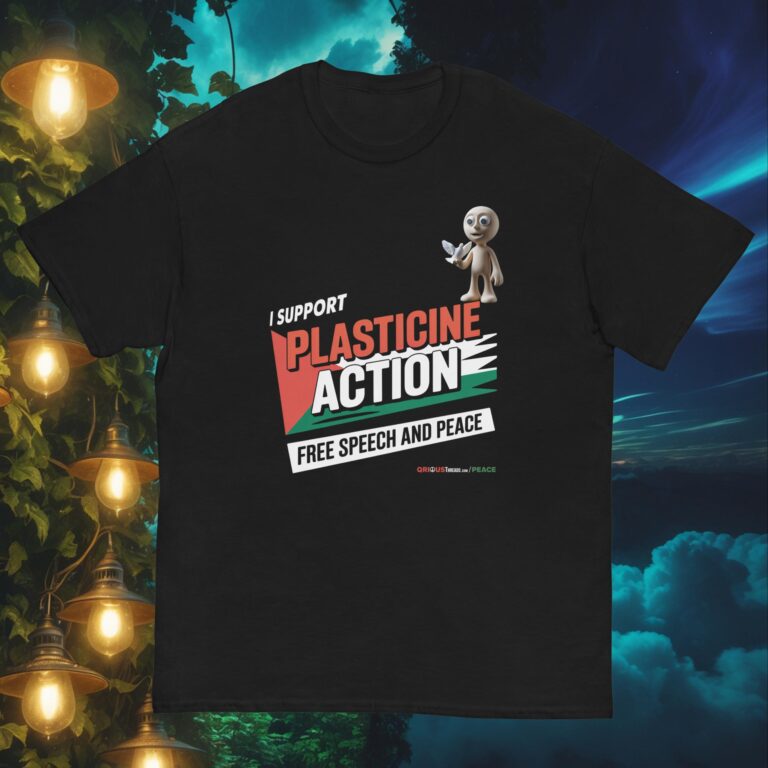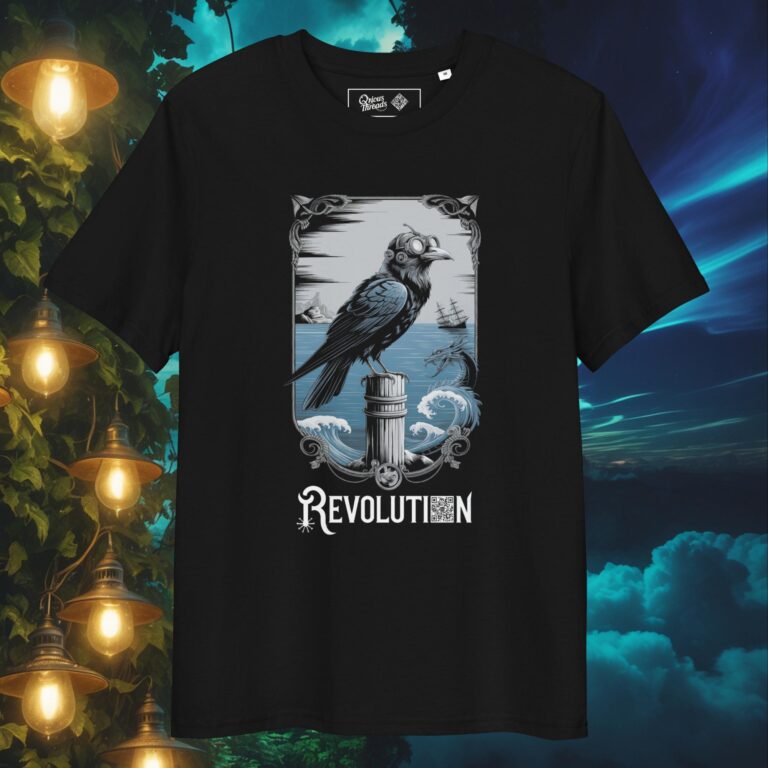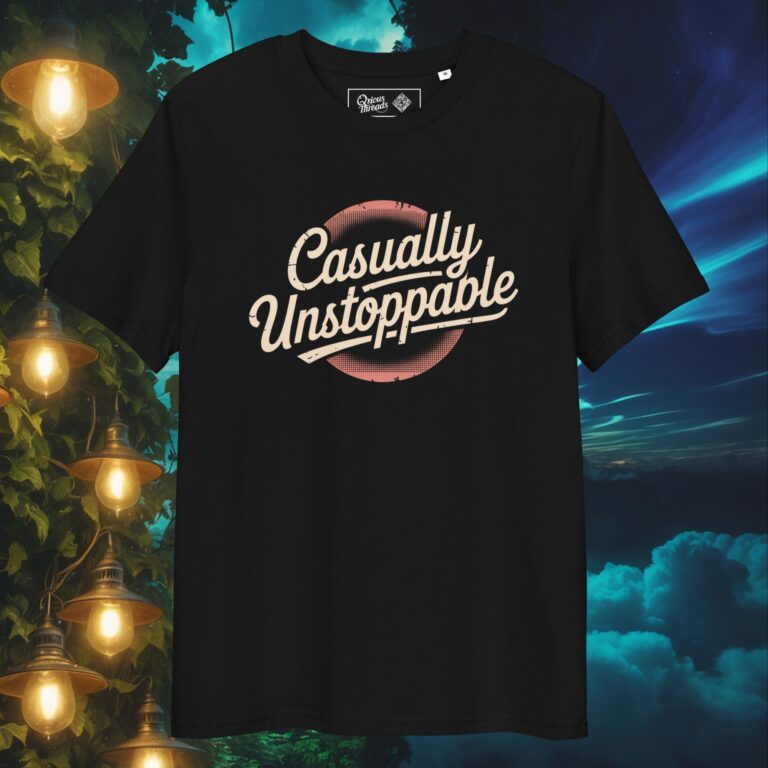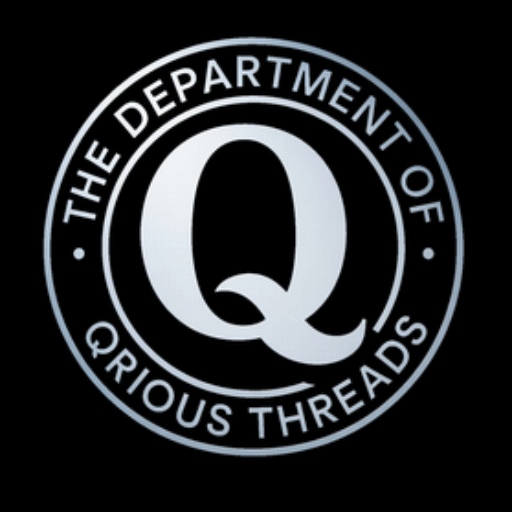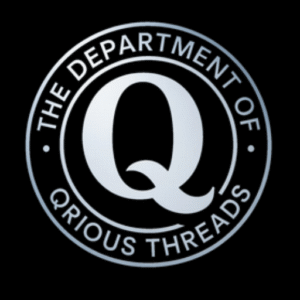You know the feeling. You open Facebook for a quick scroll and suddenly you’re three comments deep in a furious argument with “PatriotMum47” (who on closer inspection has 3 friends!) about free speech whilst defending someone else’s right to call for deportations. Your blood pressure is rising, your day is ruined, and you can’t remember how you got here.
Welcome to the outrage trap, you’ve just been played.
The Addiction of Anger as a Commodity
Your anger is a product being harvested, packaged, and sold. Every furious comment, every outraged share feeds a machine designed to keep you scrolling, clicking, and consuming.
The Daily Mail and Express for example didn’t stumble into this model. Research shows these outlets deliberately craft headlines to trigger emotional responses, particularly anger and fear. Facebook’s algorithm amplifies it because angry people are engaged people, and engaged people see more ads.
Internal Facebook documents revealed posts triggering “angry” reactions were pushed higher in feeds. at a time.

The Rage-Bait Recipe
Here’s how they hook you:
1. The Setup: Get you defending a principle (like “free speech”) for someone you like, then immediately present someone you dislike using that same principle—forcing you into hypocrisy or uncomfortable consistency
2. The Trigger: Use loaded language (“SHOCKING,” “DISGUSTING”), create false urgency
3. The Hook: Leave ambiguity to make people argue in comments
4. The Amplification: Algorithm detects anger and shows it to others likely to be angry
Why Your Brain Falls for It
We’re neurologically wired to pay attention to threats. That threat-detection system now fires when headlines suggest our values or safety are under attack. Add confirmation bias and tribalism, and you have perfect manipulation conditions.
But here’s the deeper game: whilst you’re arguing about culture war nonsense, you’re not discussing energy bills, housing costs, or crumbling public services. Outraged people don’t organise, they fragment.
The Sanity Survival Guide
Before You Click:
- Headline Test: “Is this designed to make me angry?” If yes, red flag.
- Context Check: What details are missing? What’s the real source?
- “So What?” Question: What am I supposed to do with this information? If it’s “be angry,” it’s rage-bait.
Daily Digital Hygiene:
- Curate ruthlessly: Unfollow accounts that consistently enrage you
- Set boundaries: Limit news to specific times, turn off notifications
- 24-Hour Rule: Wait before responding to anything that makes you furious
The Strategic Engagement Alternative
But here’s the uncomfortable question: what happens when all reasonable people leave?
If thoughtful people withdraw entirely, we risk abandoning millions to undiluted manipulation. Comment sections don’t disappear, they just become more concentrated echo chambers, potentially radicalising people who might otherwise be reachable.
The Third Way: Thoughtful Intervention
Projects like The Qrious Thoughtful Thinking Project advocate strategic comment intervention, dropping calm, reasonable observations into toxic threads and liking, encouraging and rewarding others constructive well thought out comments.
- “It’s interesting how quickly we dehumanise people when headlines do half the work for us.”
- “Imagine if we just… paused before commenting.”
- “Maybe the real issue is how little we’re encouraged to understand nuance anymore.”
Why This Works:
- Algorithmic influence: Thoughtful comments with likes get pushed higher
- Social proof: One calm voice gives others permission to be reasonable
- Cognitive disruption: Genuine thought interrupts the rage cycle
The Gentle Resistance Rules
If you choose engagement:
- Limit to 10 minutes daily maximum
- Never engage when emotional
- Focus on observers, not opponents (write for silent readers)
- Use the “Aikido approach”: redirect rather than oppose
When to Withdraw Completely
Complete disengagement is still necessary when:
- Your mental health suffers
- You’re getting drawn into arguments
- Toxicity affects real-life relationships
- You’re spending more than minutes daily on this

The Choice is Yours
The most radical act isn’t necessarily complete withdrawal or total engagement, it’s intentional choice. Don’t let the algorithm choose for you.
Some serve best by creating calm islands of reason in toxic seas. Others by building entirely new shores. Both approaches are necessary.
Your choice should depend on:
- Your emotional resilience and available energy
- Whether you can maintain strict boundaries
- Whether you have other outlets for civic engagement
- Whether this feels sustainable or draining

The Real Revolution
Whether you withdraw protectively or engage strategically, we must simultaneously build better spaces: support independent journalism, participate in local democracy, create constructive communities, and model better conversation.
The comment sections exist whether we participate or not. The question is: do we abandon them entirely to bad actors, or find ways to gently shift the tide?
In a world designed to make us furious or silent, perhaps the most subversive act is to remain calmly and strategically present.
The outrage machine needs your participation to function. Your refusal to be manipulated, whether through withdrawal or thoughtful resistance, is a form of power they can’t monetise.
Learn more about strategic comment intervention at The Qrious Thoughtful Thinking Project, where we propose quietly taking the internet back, one reasonable comment at a time.


